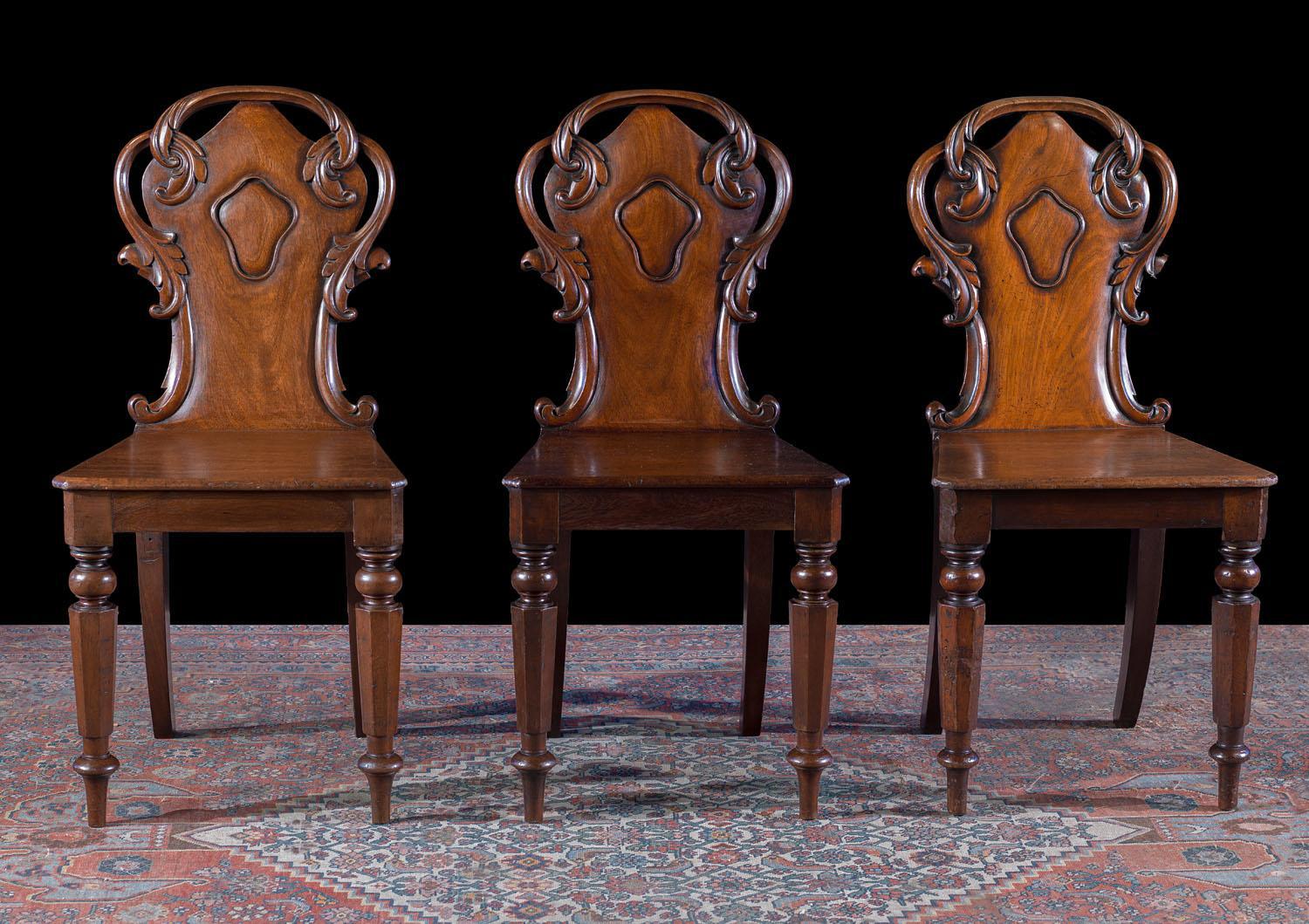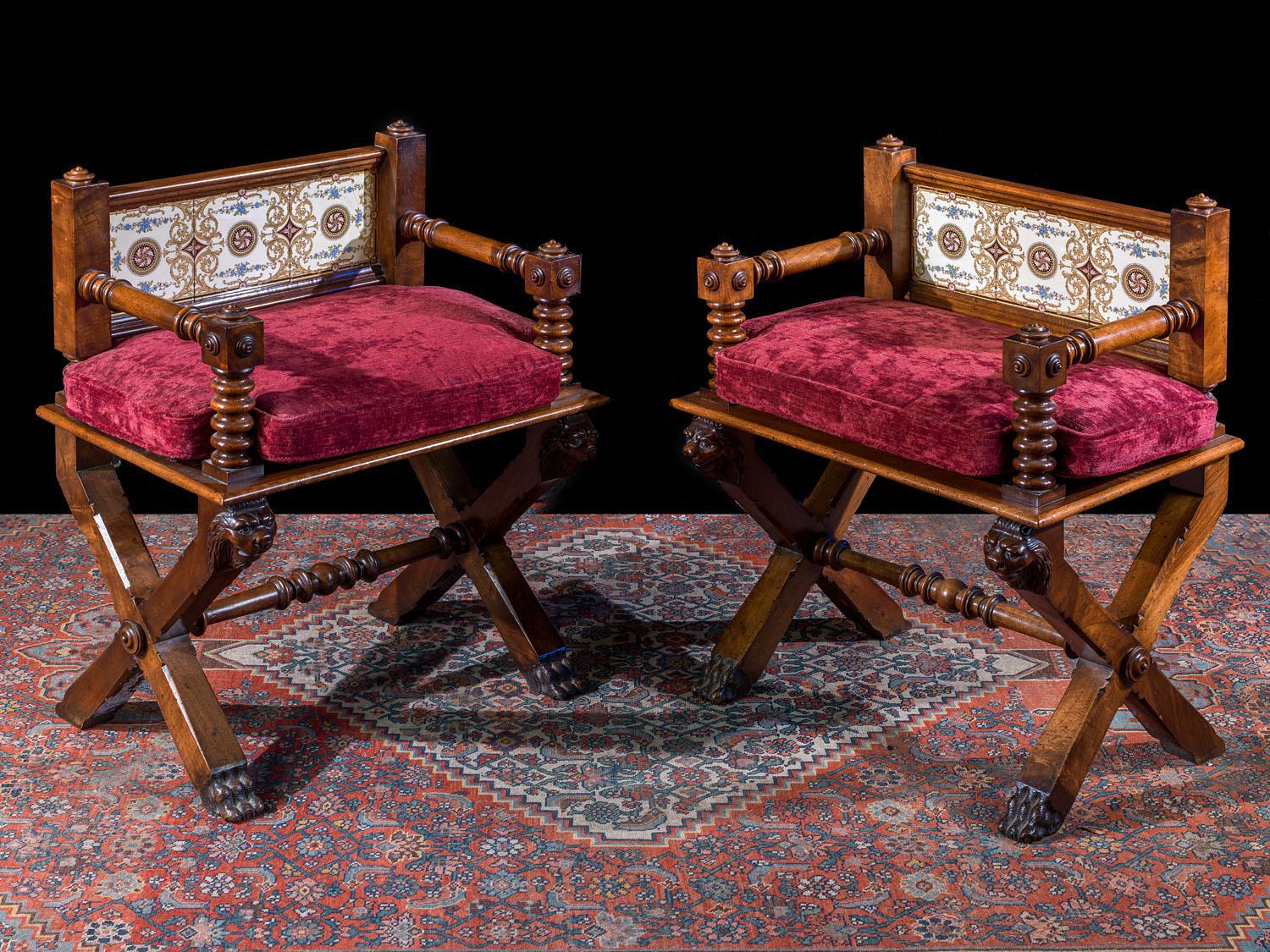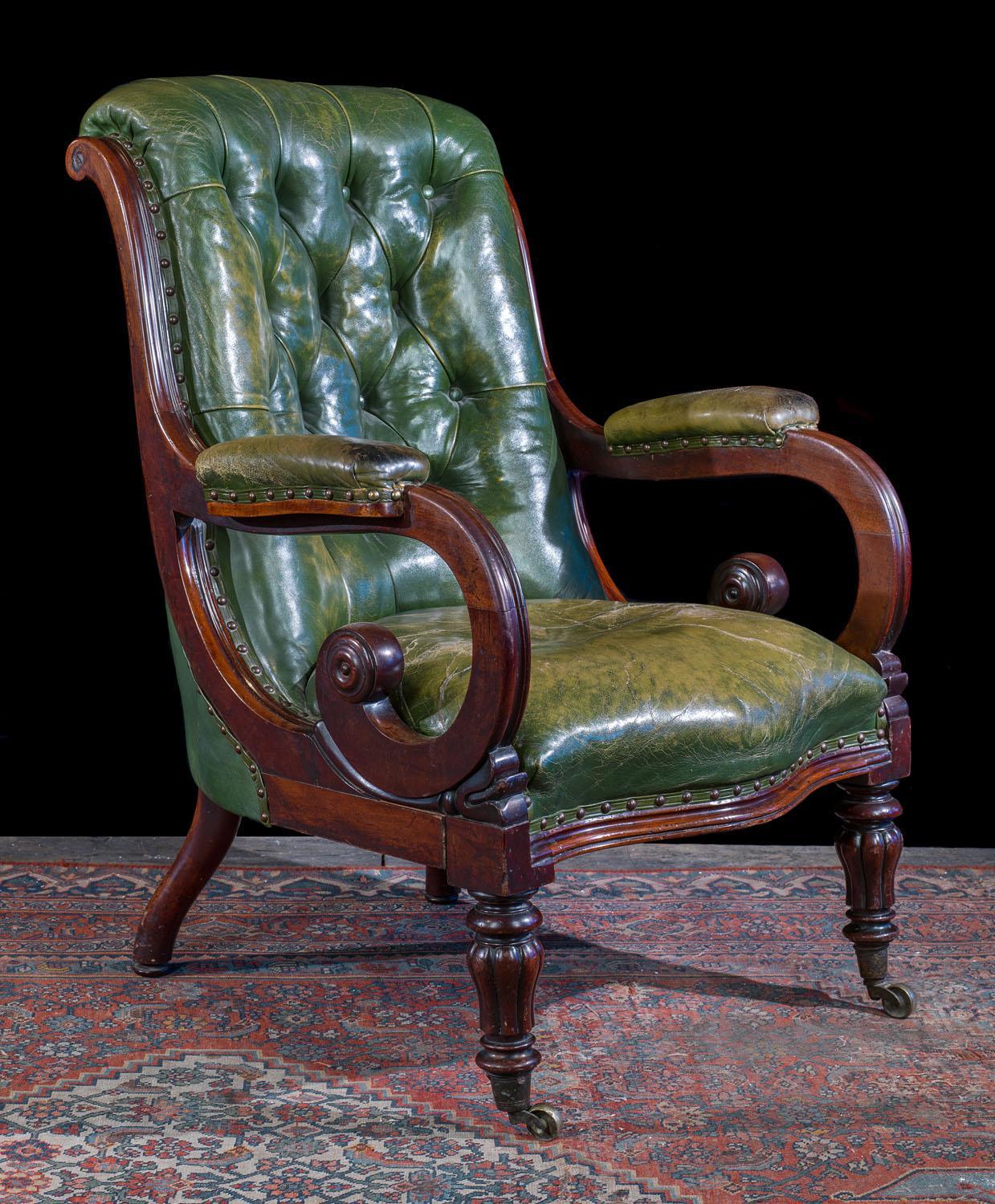When trying to work out how to identify antique chairs from different time periods, there are several tell-tale signs that can help you.
Chairs have been in use since at least 3100 BC - that’s a long time for different styles to evolve, rising and falling in popularity as tastes changed.
Whether under a dining table, beside an antique fireplace, by the window or anywhere else, there’s nothing quite like the look of an elegant antique chair in your home.
Read on to find out how to identify antique chairs by their style and the way they were made.

× 
Quick tips - how to identify antique chairs
Start by looking for individual markings
When thinking about how to identify antique chairs, start by looking for individual markings. If you’re lucky, sometimes the exact year is inscribed too, but markings often fade over time.
Identify the materials used, including the wood type. If the chair has a seat covering, examine this too.
If the chair appears to be hand-crafted, rather than machine-made, then that could be a sign that it’s a very old antique.
You can also identify antique furniture by their feet. The main types used in chairs are:
- Animal feet: Popular during the 1600s and 1700s
- Tapered cylinder-shaped feet: Common from the 1700s onwards
The whorl was popular in Rococo style antique chairs
There are several other types of feet falling outside these categories too. For example, the whorl was popular in Rococo style antique chairs and toupie feet, resembling spinning tops, came in from the mid-1600s onwards.
After making a list of the different features you can spot, try researching these online to identify the chair. Either start by typing a general query into a search engine, or browse a specific research website.

× 
How to identify antique chairs by style
Below are some common antique chair styles from across Europe and America. These are listed in approximate chronological order, based on when they became popular during the past few hundred years:
- Savonarola: Popular during the Renaissance, yet similar to the curule mentioned below, it looks like a wavy X and unlike the curule, it has some back support
- Chaise Longue: The height of luxury, these long chairs support the sitter’s legs - they were popular in France during the 16th century, but also used in ancient times
- Fauteuil: An early 17th century French armchair, upholstered with open sides usually in contrast to most bergère chairs
- Ladder-Back: Also known as a slat-back chair, its horizontal bars form a loose back support like a ladder - popular in the 17th century but dating back to the Middle Ages
- Wingback: A late 17th century tall upholstered armchair with a tall back, plus a wing shape at the top, often stretching down to the armrests too
- Corner Chair: Popular in the 17th and 18th centuries, the legs are positioned in a diamond formation so that the chair can fit neatly into a room corner
- Windsor: Wooden early 18th century chairs, which recline slightly and have a back formed of multiple wooden round vertical spindles
- Bergère: These chairs - designed in the Louis XV style - have an upholstered back and arms, sometimes with enclosed sides
- Ribbon-Back: Similar to the ladder-back but with slats resembling ribbons, this 18th century chair design has been attributed to Thomas Chippendale
- Klismos: Light chairs, typically with an open back and curved, concave legs popular in 18th century Neoclassicism, but with origins in Ancient Greece
- Curule: Dating back to Ancient Rome, while also making a Neoclassical comeback, this is more of a seat, as there is no back support above the cross-shaped and curved legs
- Fancy: Inspired by Thomas Sheraton designs, these light 19th century chairs were often decorated with colourful stencils
- Hitchcock: Another version of the fancy chair, made by manufacturer Lambert Hitchcock, also in the 19th century
- Morris: From the late 1800s, named after William Morris, the seat is deep and the reclining back is long - the chair usually has slatted sides
- Shaker: Attributed to the Shakers, this 19th century chair also has ladder-back slats but is most famous as a rocking chair

× 
Final thoughts: how to identify antique chairs
There are also several well-known examples of antique chairs originating in other countries too, such as yoke-back chairs from China.
Again, to begin identifying these, start with our quick tips - look for markings, examine the different materials used and pay close attention to the feet.
If you found this article helpful, you may also like our guides on identifying antique tables and dressers.
If you have any questions about how to identify antique chairs, or regarding anything in our collection, please contact us.